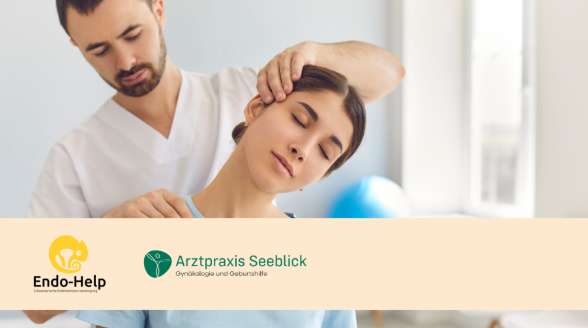Understanding the menopause lecture
Denise Beck and Denis Faoro - August 8, 2025

A successful start to our series of lectures in practice!
Yesterday we started with the topic of menopause. The intensive exchange and exciting discussions showed us how much interest there is in this important topic.
Thank you to all participants for your questions, testimonials and the open atmosphere.
We are already looking forward to the next evenings with you! 🙌
#Lecture series #Menopause #Sharing knowledge #Practical communication #TogetherStrong





